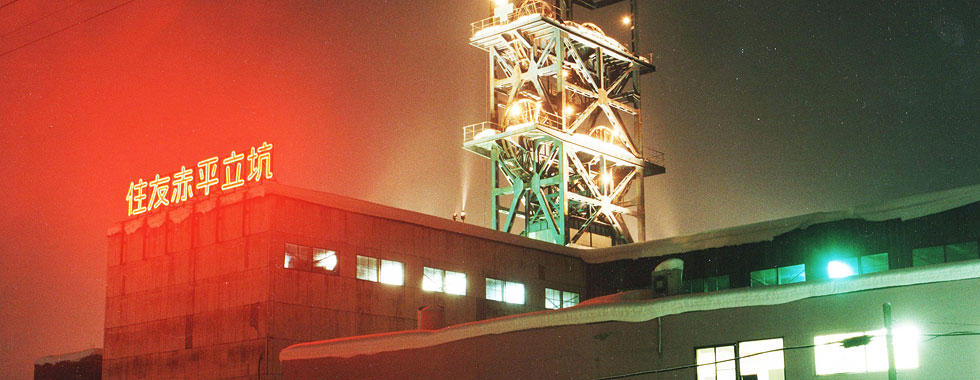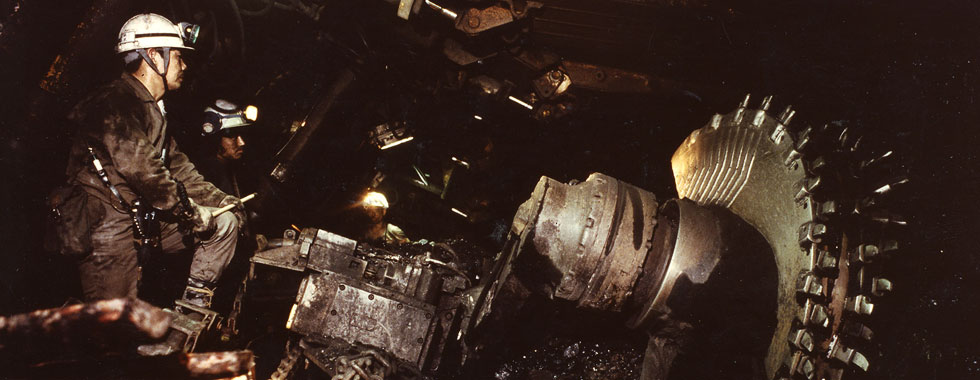Akabira - a former coal mining city
The Akabira Coal Mines played a pioneering role in Hokkaido’s industry. Today, Akabira promotes itself as an industrial city characterized by warmth, water and greenery. Akabira is located in central Hokkaido and covers a total area of 129.88 square kilometers. It adjoins four other cities – Ashibetsu to the east, Takikawa to the west, Utashinai to the south and Fukagawa to the north. Land reclamation in the area began in 1891, local roads were completed in 1897 and railway services began operation in 1913. The history of coal mining in the city began in 1918 with the opening of the Moshiri Coal Mine. Akabira’s population continued to grow, making it Hokkaido’s 18th largest city by 1954. However, the coal mining industry fell into decline in around 1960, leading to the closure of the last mine in 1994 and the end of the city’s 76-year history of coal mining. In the meantime, Akabira has transformed itself from a city with a mining industrial structure to one
with a manufacturing structure and promoted sound community development as a way of
dealing with the difficult situation it faced. The local government remains committed to making
Akabira an industrial city of warmth, water and greenery by carrying on the rich history left
behind by their forefathers and bringing together the knowledge and enthusiasm
of the people who live there.
Moshiri Coal Mine: 1918 - 1969 Akama Coal Mine: 1937 - 1973
Toyosato Coal Mine: 1937 - 1967 Sumitomo Coal Mine: 1938 - 1994






